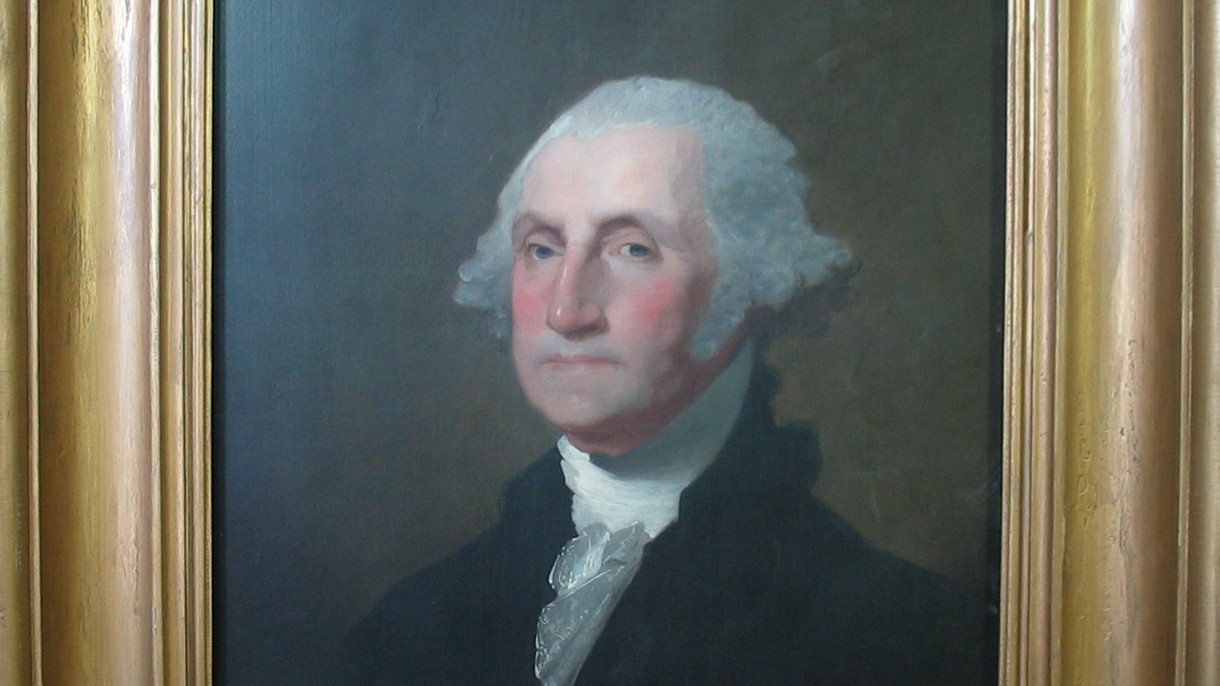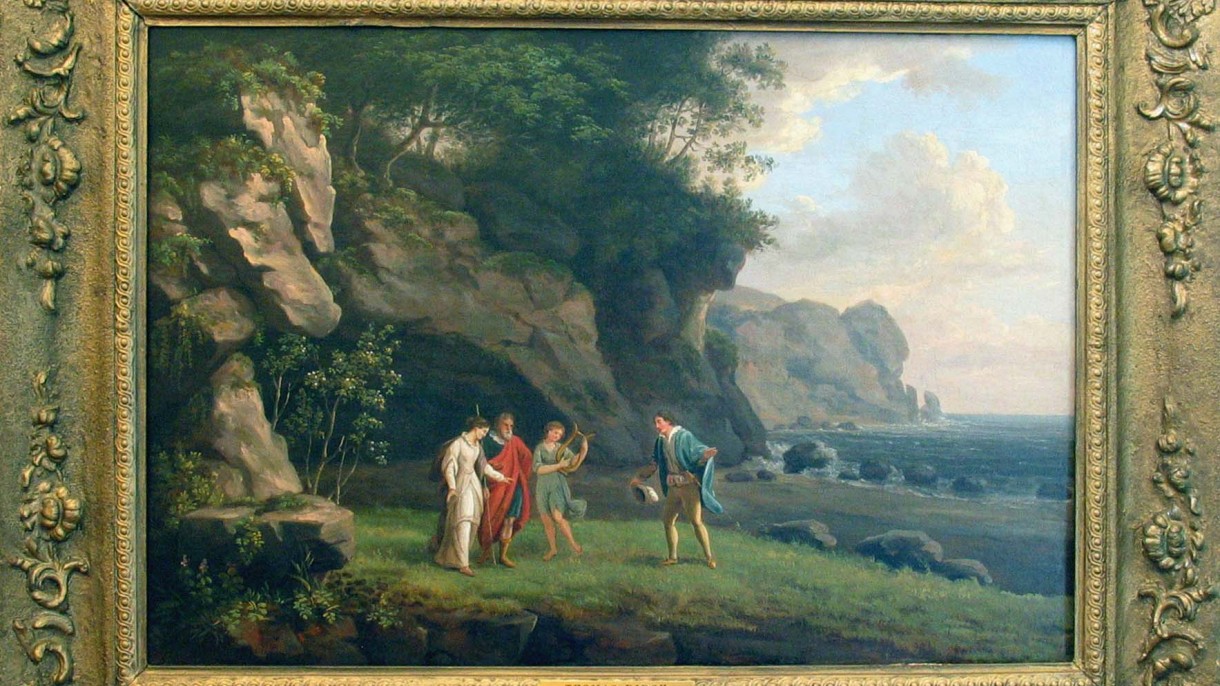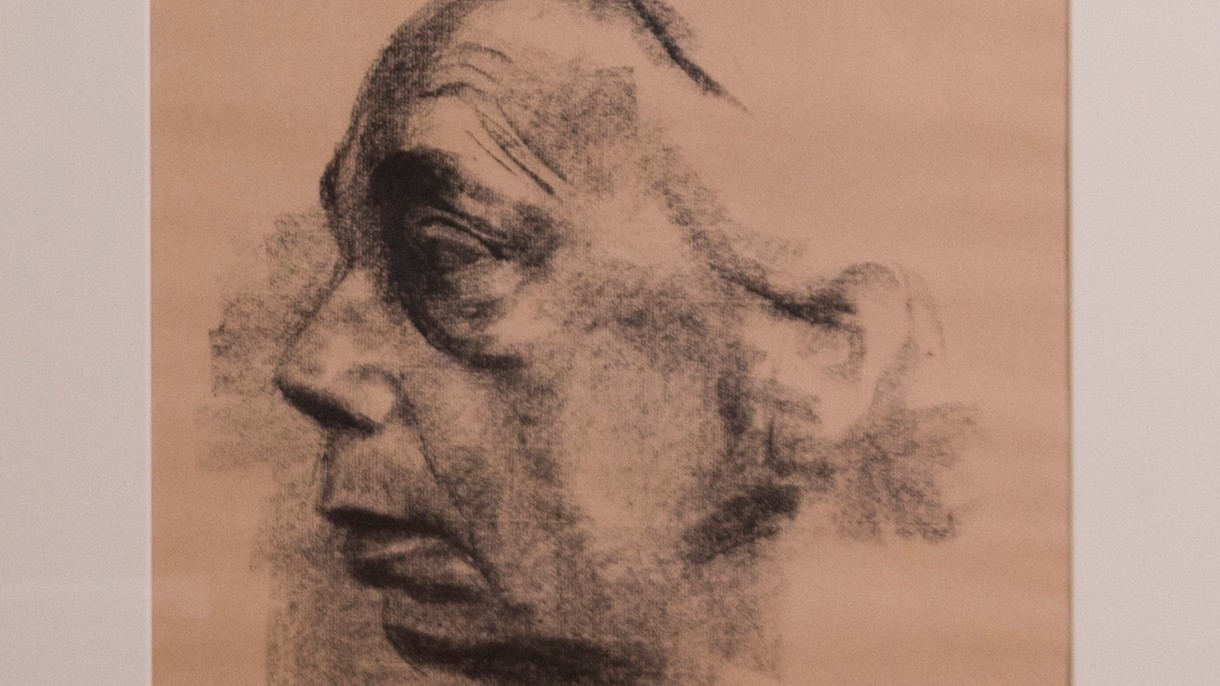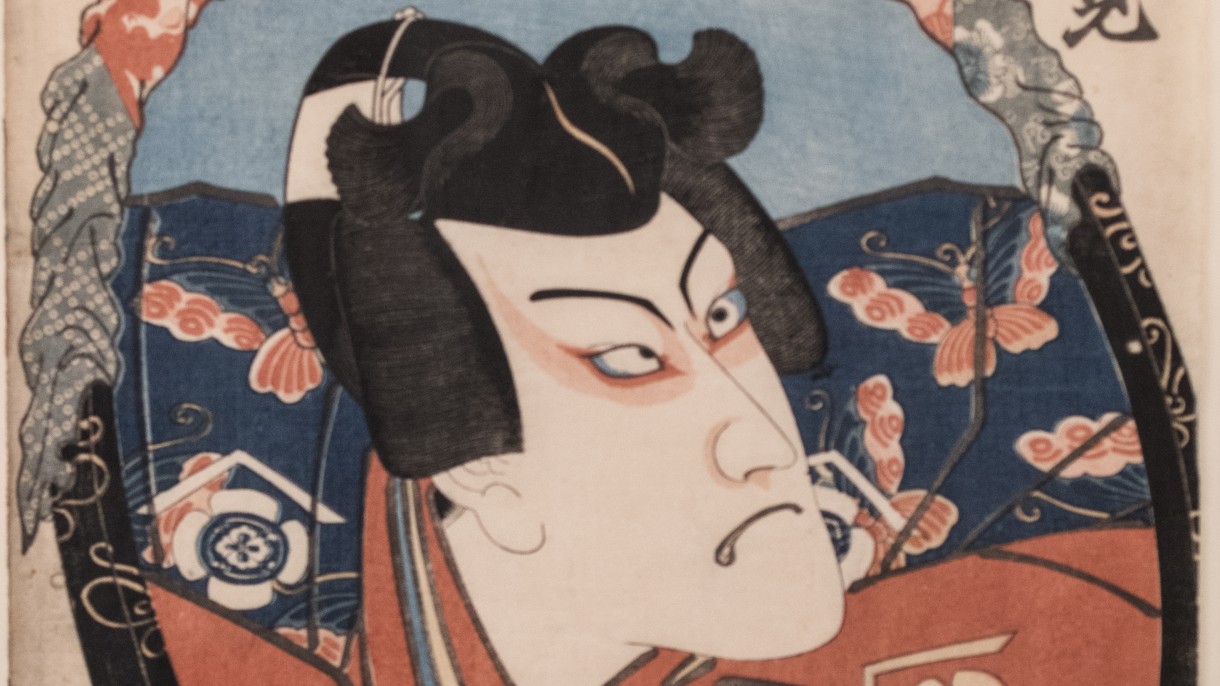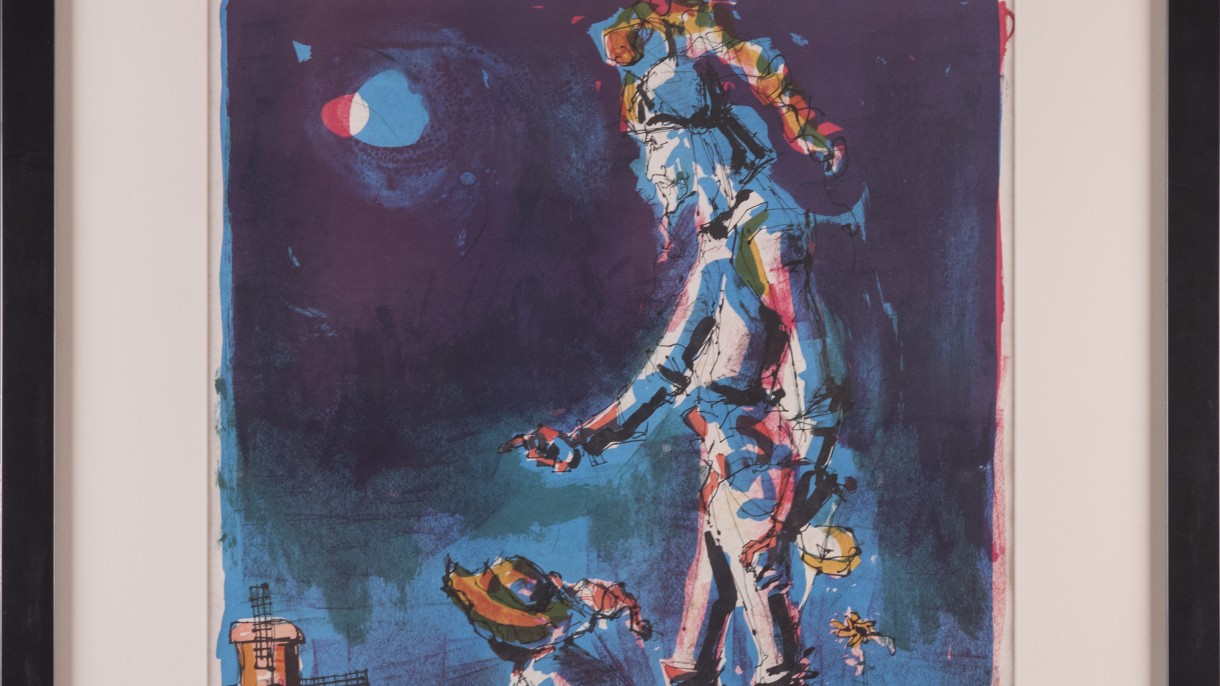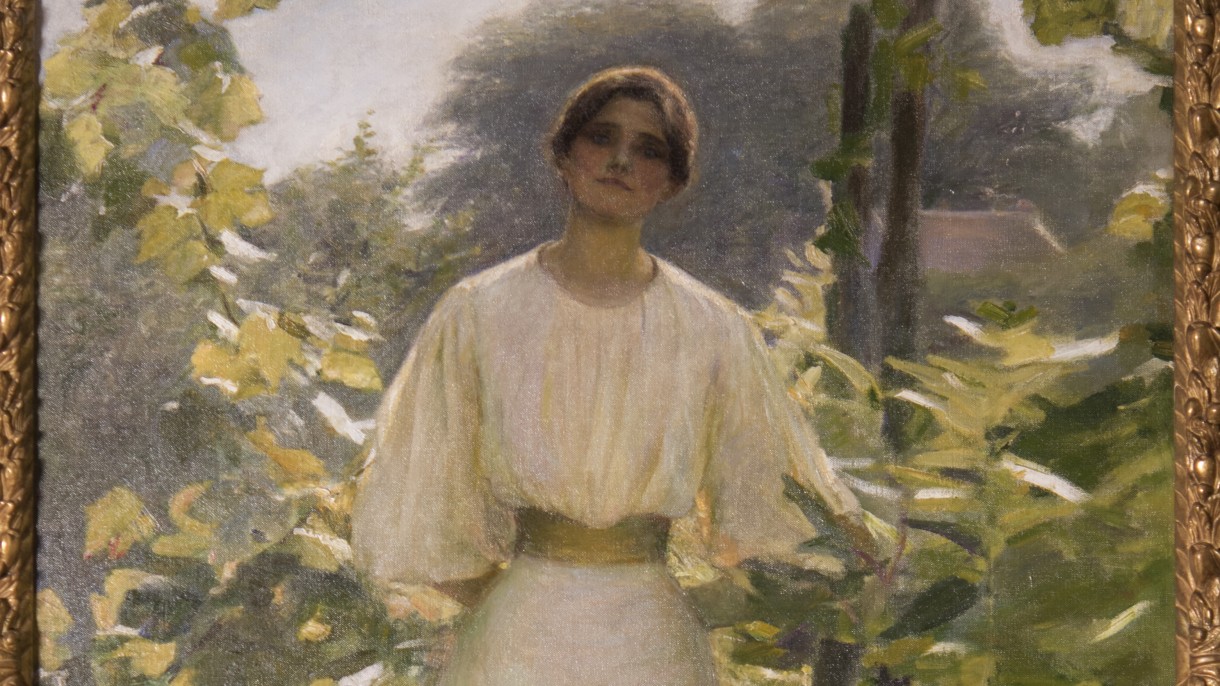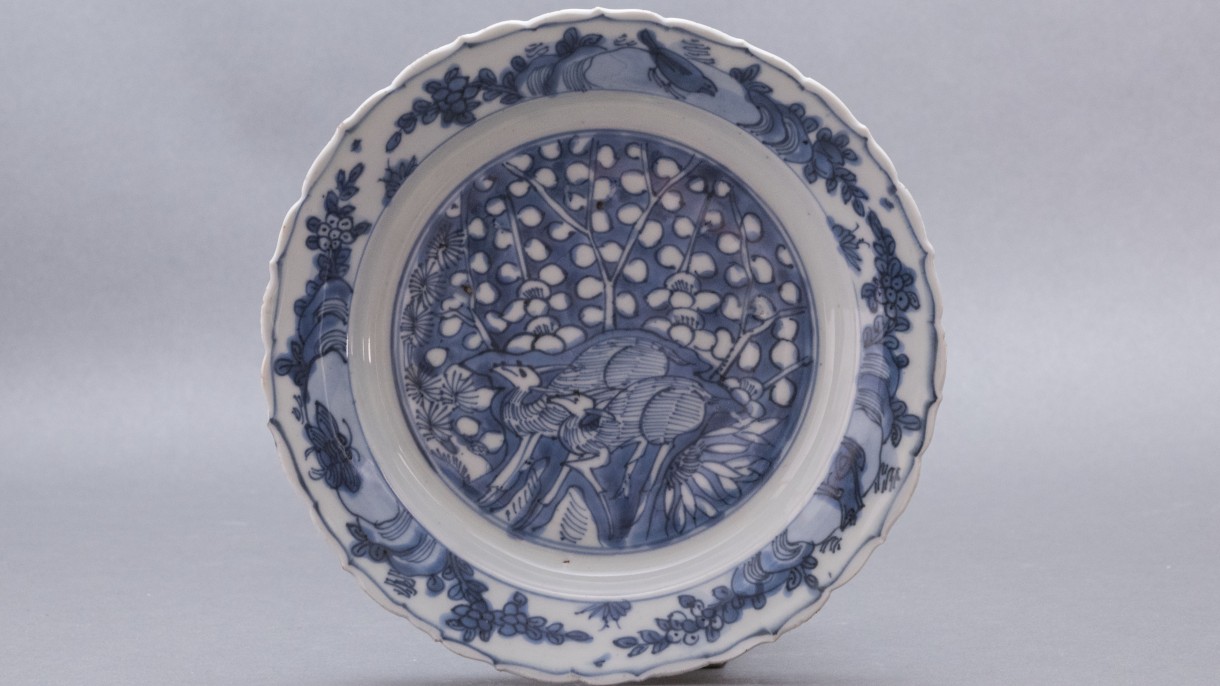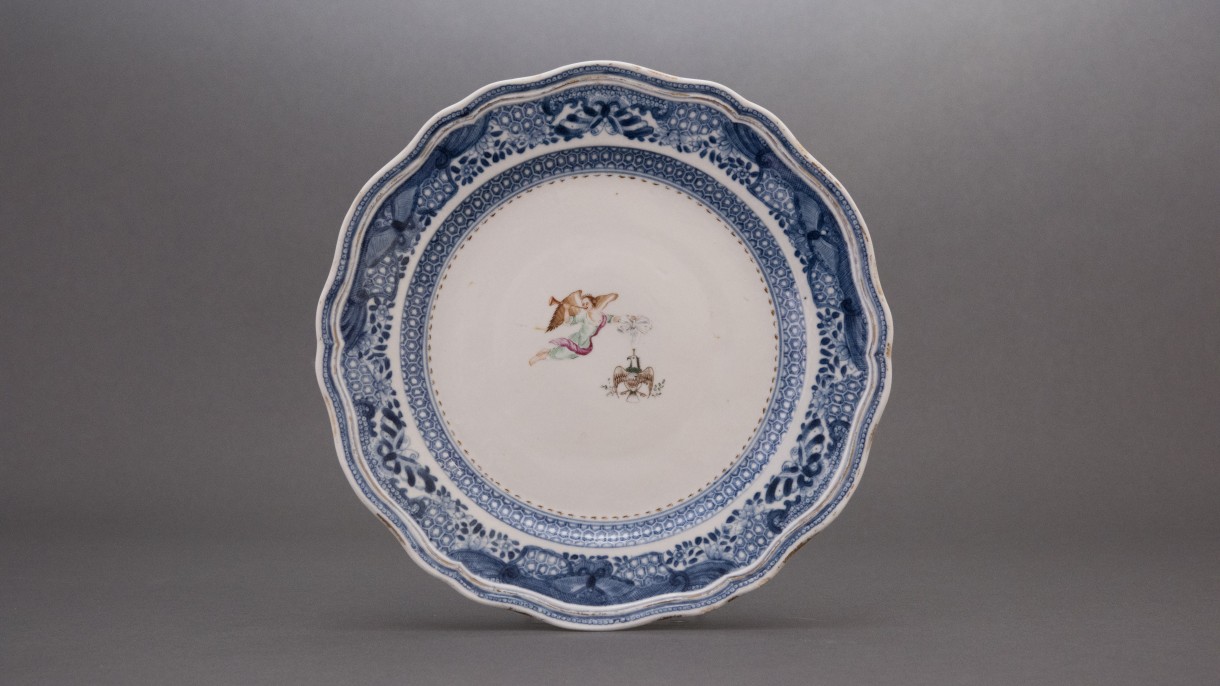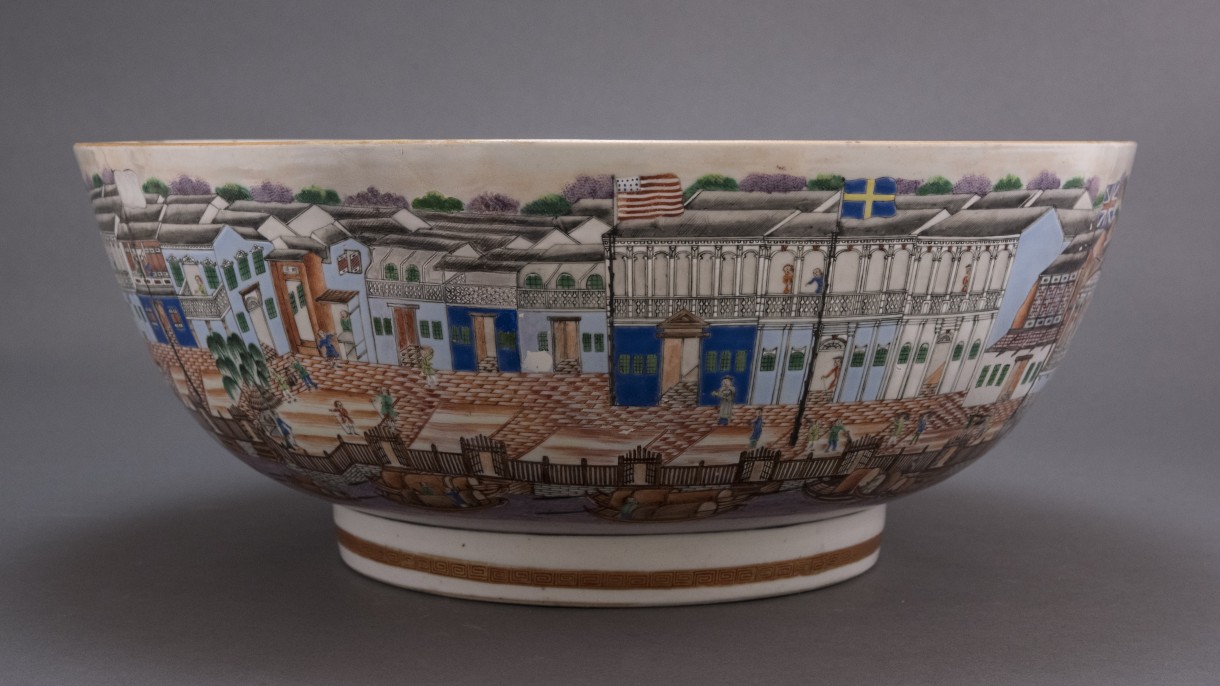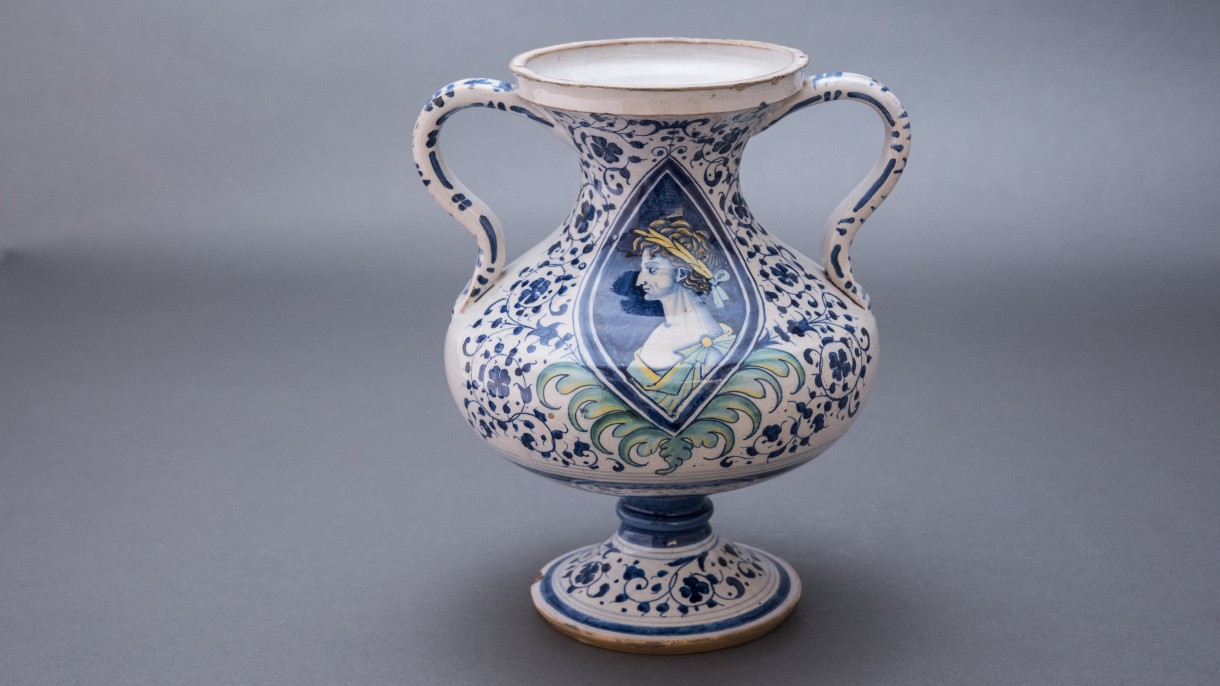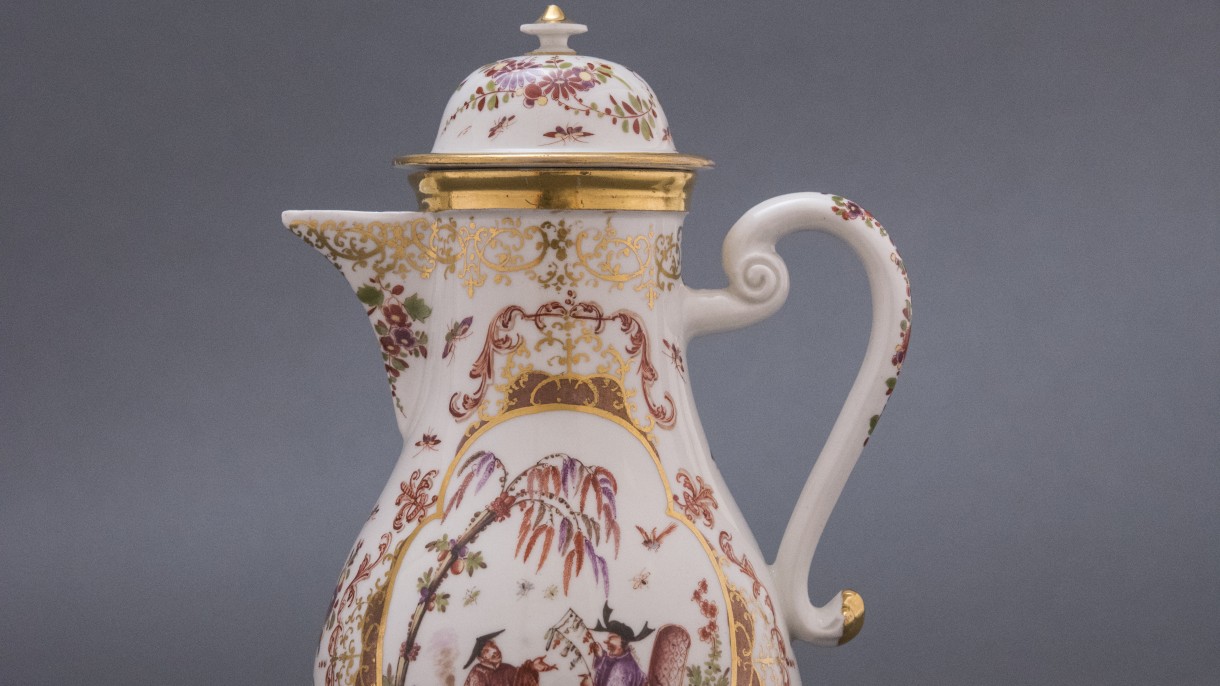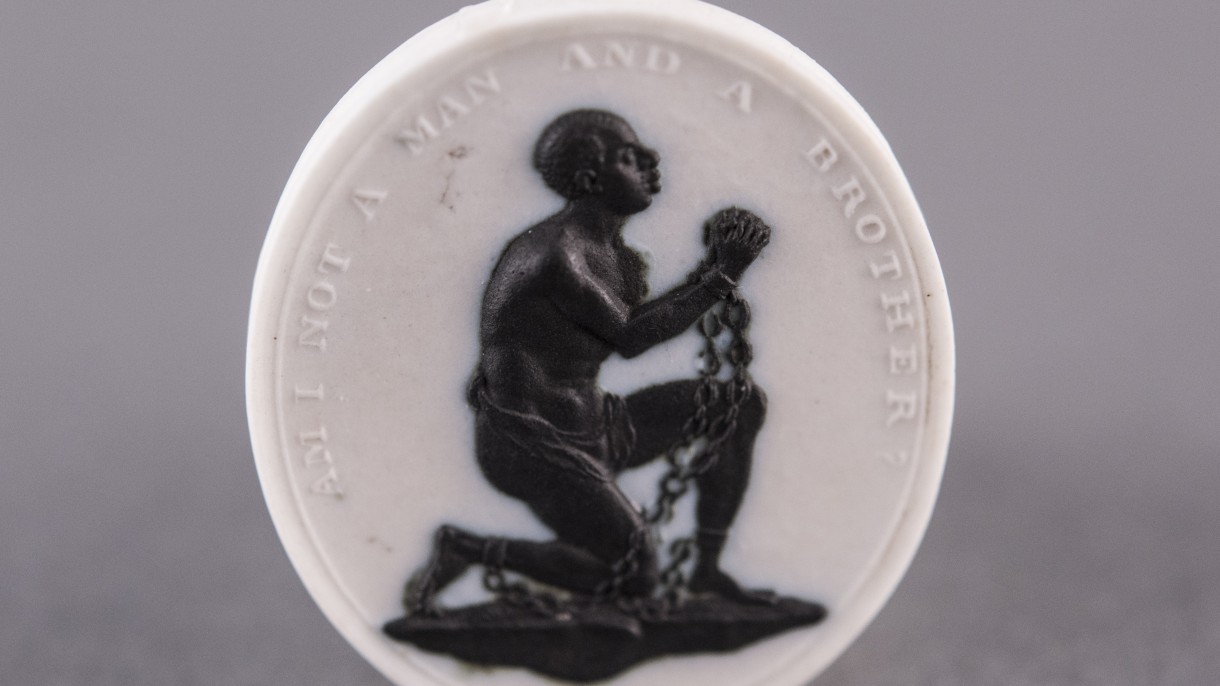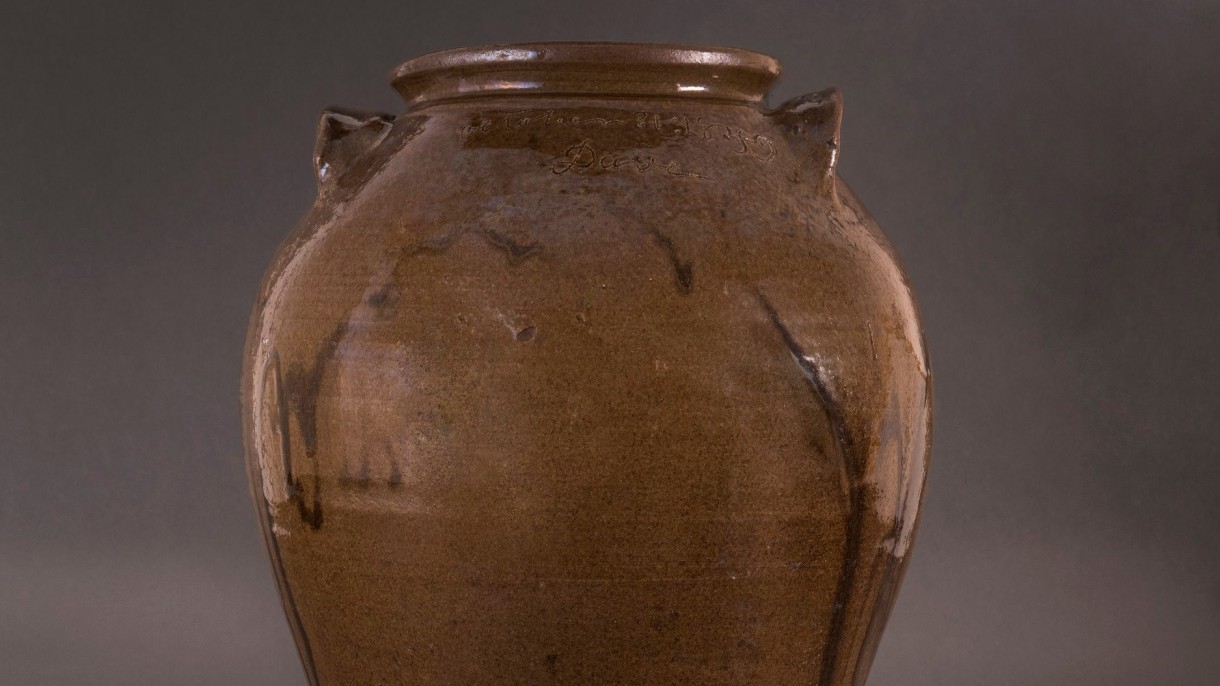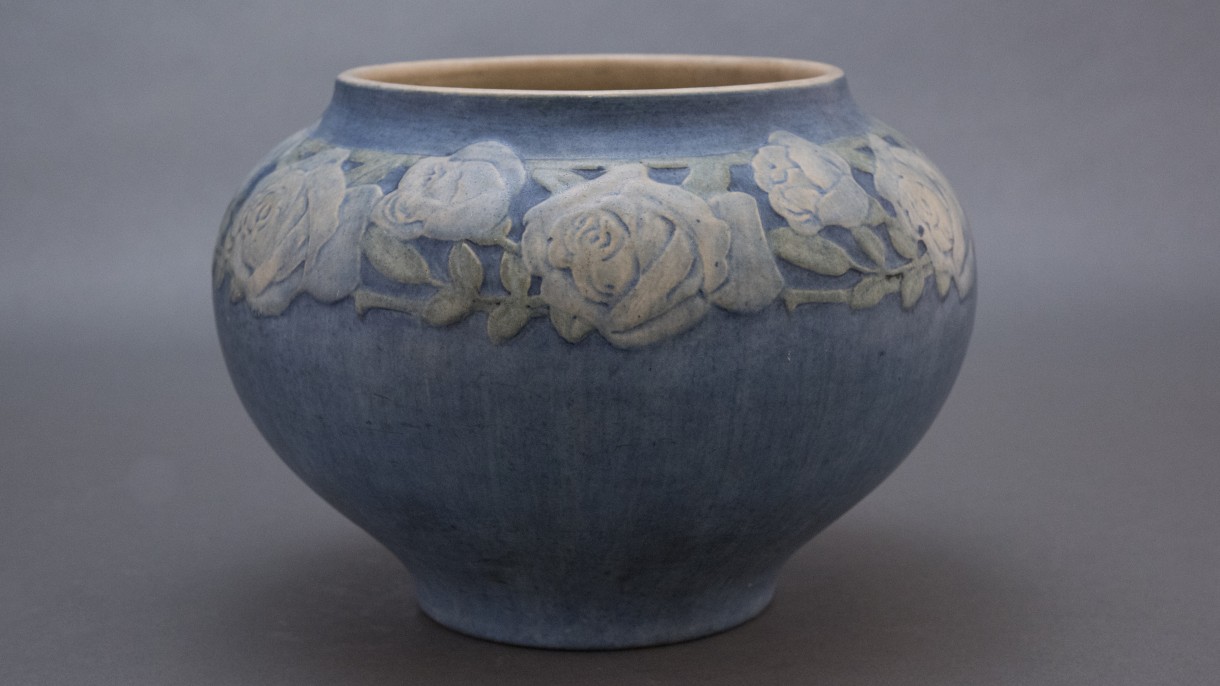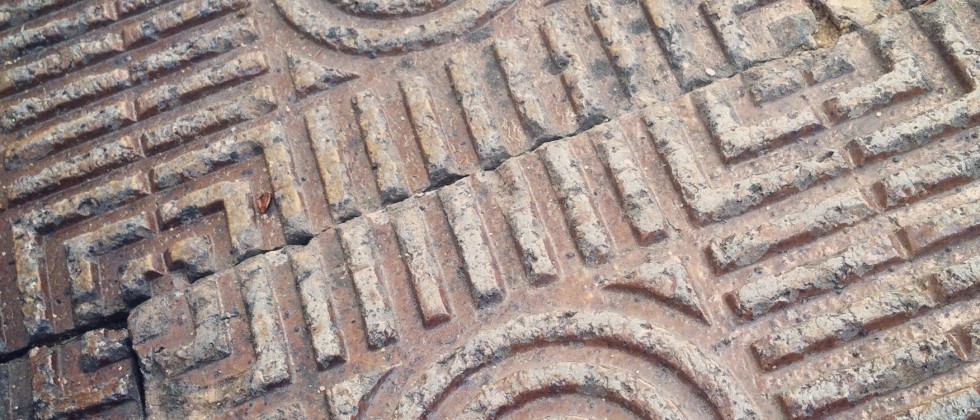
History of the Collections
History of the Collections
Art Collection
Originating in 1875 from a bequest of six American paintings, W&L’s art collection has grown significantly for almost 150 years to include roughly 8,000 works of art from around the globe. This collection of paintings, works on paper, photographs and sculpture is used as an interdisciplinary teaching resource by various academic departments and supports the Cultural Heritage and Museums Studies Minor, providing student opportunities for hands-on experiences in gallery and museum settings. Integrated into the fabric of the campus, the art collection also enriches the university. At W&L, we bring people and art together in public spaces. Highlights include a collection of early American portraits by artists such as Charles Willson Peale and Gilbert Stuart, as well a growing collection of 20th- and 21st-century works by international artists, including Fernando Botero, William Christenberry, Sam Gilliam, Gonkar Gyatso, Sally Mann, Frank Stella, Rufino Tamayo, and Andy Warhol among others. We also have a growing collection of Asian art, including Chinese fan paintings, 20th-century Chinese brush paintings, and Japanese woodblock prints.
Reeves Collection of Ceramics
Founded in 1967 with a gift of ceramics from alumnus Euchlin Reeves and his wife, the painter Louise Herreshoff, the Reeves Collection contains ceramics made in Asia, Europe, and the Americas between 1500 and today. These fragile yet durable objects tell stories of design, technology, and trade, and illustrate how people drank, dined and decorated their homes over the past five centuries.
Access the Collection
The Museum collections include multiple mediums by a diverse set of artists that expand across centuries. To see more works, visit our online database. Records may, at times, be added or removed for editing.
Arts
Our Mission
The Museums at W&L advance learning through direct engagement with the collections and facilitate an interdisciplinary appreciation of art, history, and culture.
